The ‘dirty neighbor’ next door: meet the beach dwellers at war with the Netherland’s largest steel factory
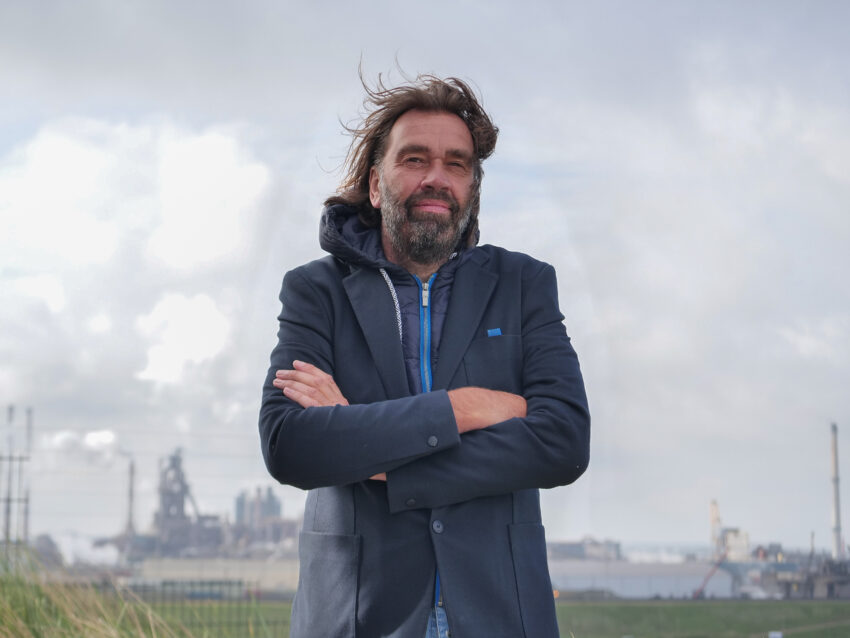
Jaap Venniker of Frisse Winds .nu stands in front of the Tata Steel factory on his property in Wijk aan Zee, the Netherlands. (Olivia Wynkoop)
Tata Steel has acknowledged the harm it caused on a small beach town in the Netherlands. But is it enough for residents to turn over a new leaf?
By Olivia Wynkoop
When Jaap Venniker first purchased his home in the sleepy beach village of Wijk aan Zee, the WWII-era bunker on his property was only a prospective guesthouse, meant to host loved ones craving the sea breeze that drew him here.
Now it’s home to the surveillance camera that constantly monitors the country’s largest steel factory next door, Tata Steel.
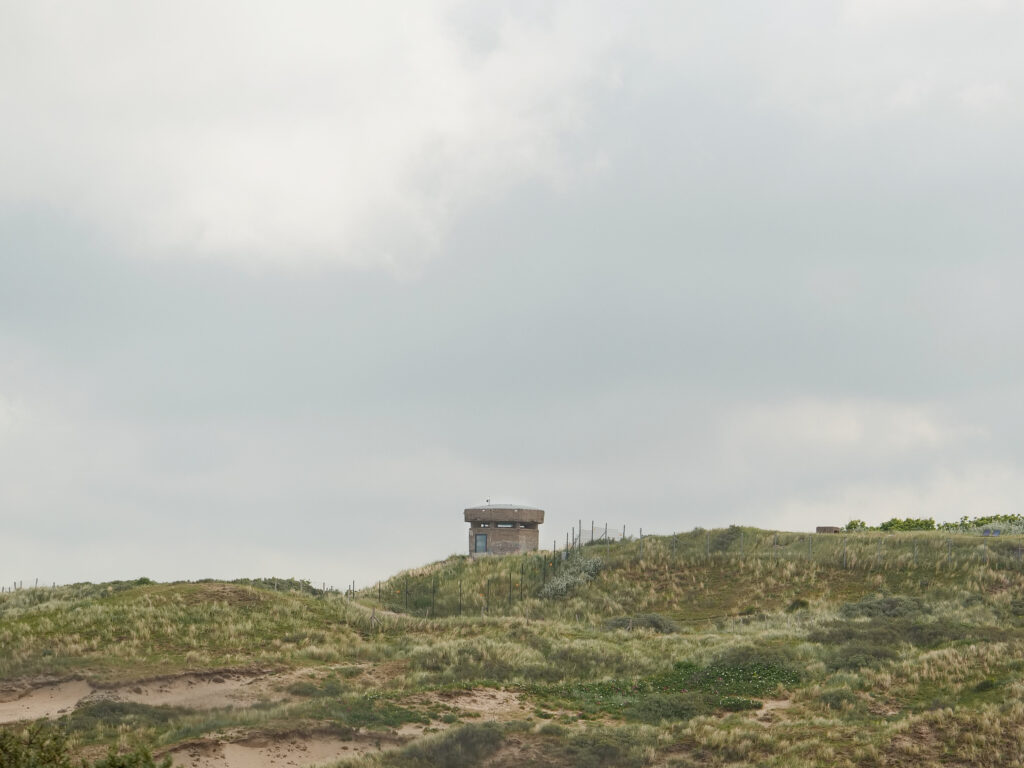
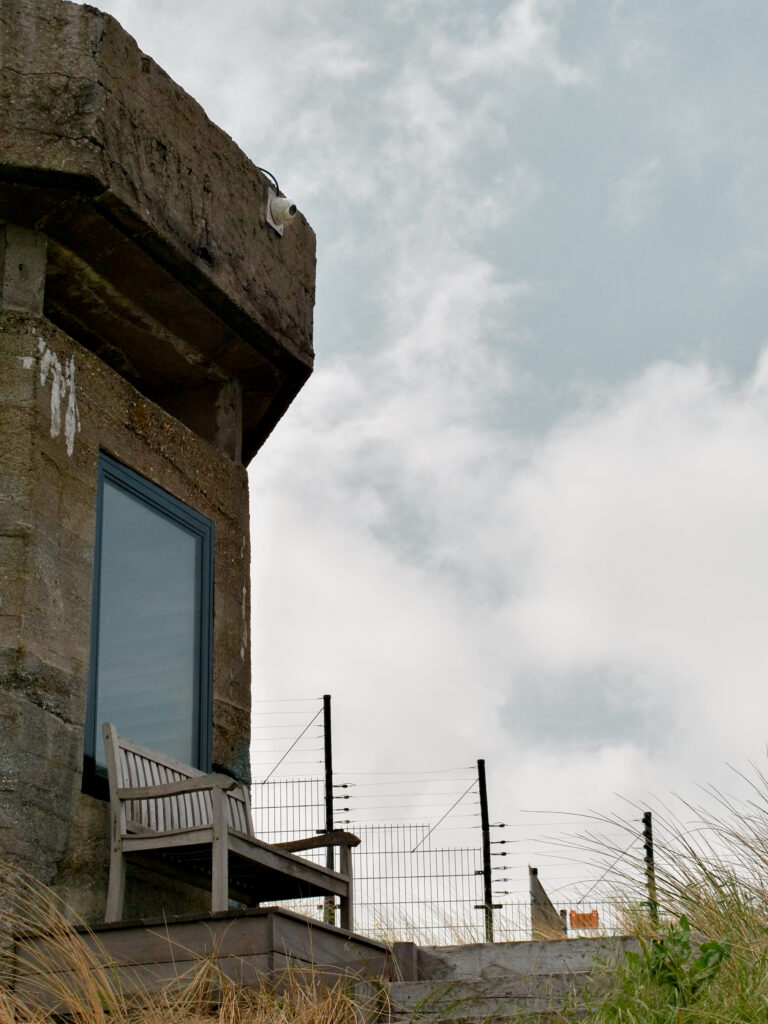
“You don’t see a sign that it’s unhealthy to live here. You have the dunes, you have the sea, it looks healthy, but it’s like living next to a highway or something like that,” Venniker said.
He didn’t know that for years, the community had been plagued by graphite rain, loud noises and the stench of heavy metals.
Research by the National Institute for Public Health and the Environment (RIVM) revealed that children in the region intake an unsafe amount of lead and metals from the dust, and that Tata Steel is responsible for a large chunk of these emissions.
A timeline of the recent developments with Wijk aan Zee residents and Tata Steel, starting in 2018. This information has been translated from a timeline written by Dutch news publication NH Nieuws.
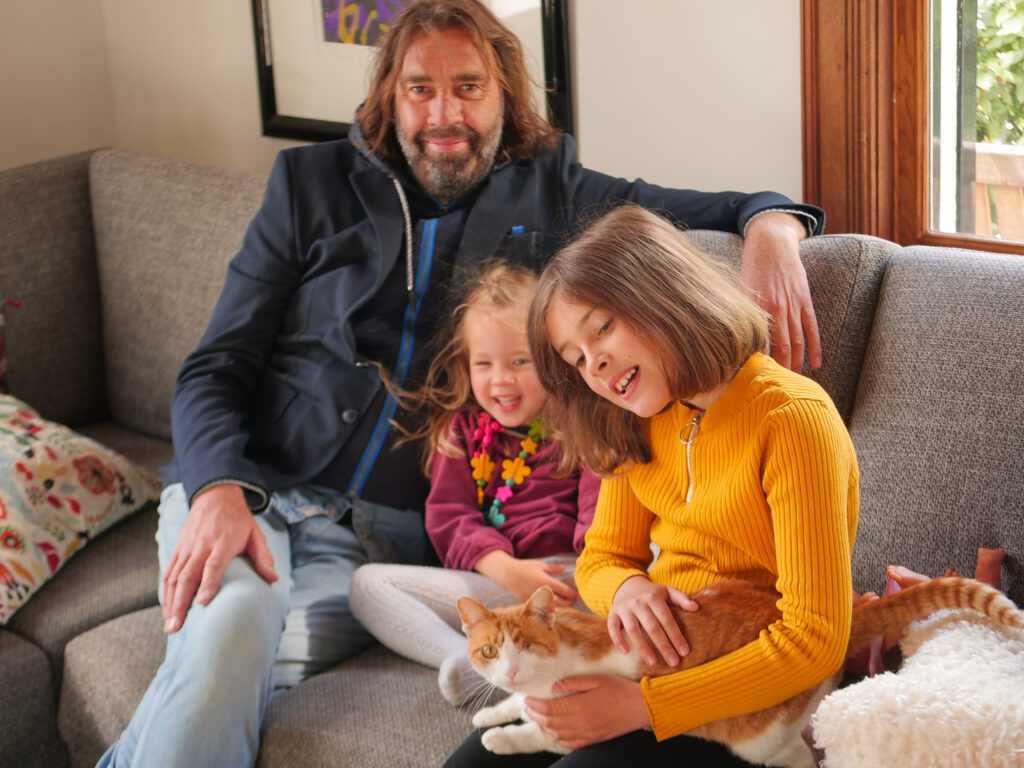
Venniker, a father of four, says knowing what his children breathe in every day puts a heavy weight on his shoulders.
“As an outsider, it is hard to imagine having to worry about this all the time, down to small things like leaving a bouncy castle outside overnight,” Venniker said. “That is simply not possible, because otherwise the children will be jumping in steel fabrics the next day.”
Venniker is one of the three committee members of the Fresh Wind Now Foundation, a resident-led organization hoping to hold the company responsible for the harm it’s caused to the community. There’s been some victories, like when they caught the attention of Dutch public prosecutors with a 1,200-person complaint deemed powerful enough to launch a criminal investigation into the factory in February 2021.
A few of the many complaints from residents in the IJmuiden area, posted in Dutch on the Frisse Winds.nu website.
If found guilty for “intentional and unlawful” pollution, those managing the Tata Steel location in IJmuiden could face 12 to 15 years in prison.
Now the organization’s latest strategy to compile evidence is in the form of a 24/7 surveillance camera. The team runs through the footage every day, catching moments of fire, yellow and black plumes, and other emission violations upwards of five times a day.
The Frisse Winds.nu 24-hour livestream.
Since the camera’s launch 6 weeks ago, the team has sent in 115 complaints to local environmental authorities for the times Tata Steel allegedly violated their emission allowances. They say most incidents come from the plant’s 50-year-old coke factory, where coal turns into a porous, nearly-all carbon substance called coke in order to melt iron ore.

“It’s like a very old car that’s not able to drive on the road, but they just put it on the road. They make a lot of money from it, it’s the cash cow of Tata Steel. They will not close it if they don’t have to because it makes a lot of money,” Venniker said.
Exposure to these coke oven emissions, which contain a mix of carcinogens like cadmium and arsenic, is an internationally recognized way to increase people’s chances of lung cancer.
The number of residents with cancer is 50 percent higher in zip codes surrounding Tata Steel compared to the rest of the country.
the Netherlands’ Integral Cancer Institute
“If the government does not monitor, we will do it ourselves,” writes the Frisse Wind.nu Foundation underneath the live-streamed footage on their webpage.

TAKING NOTE
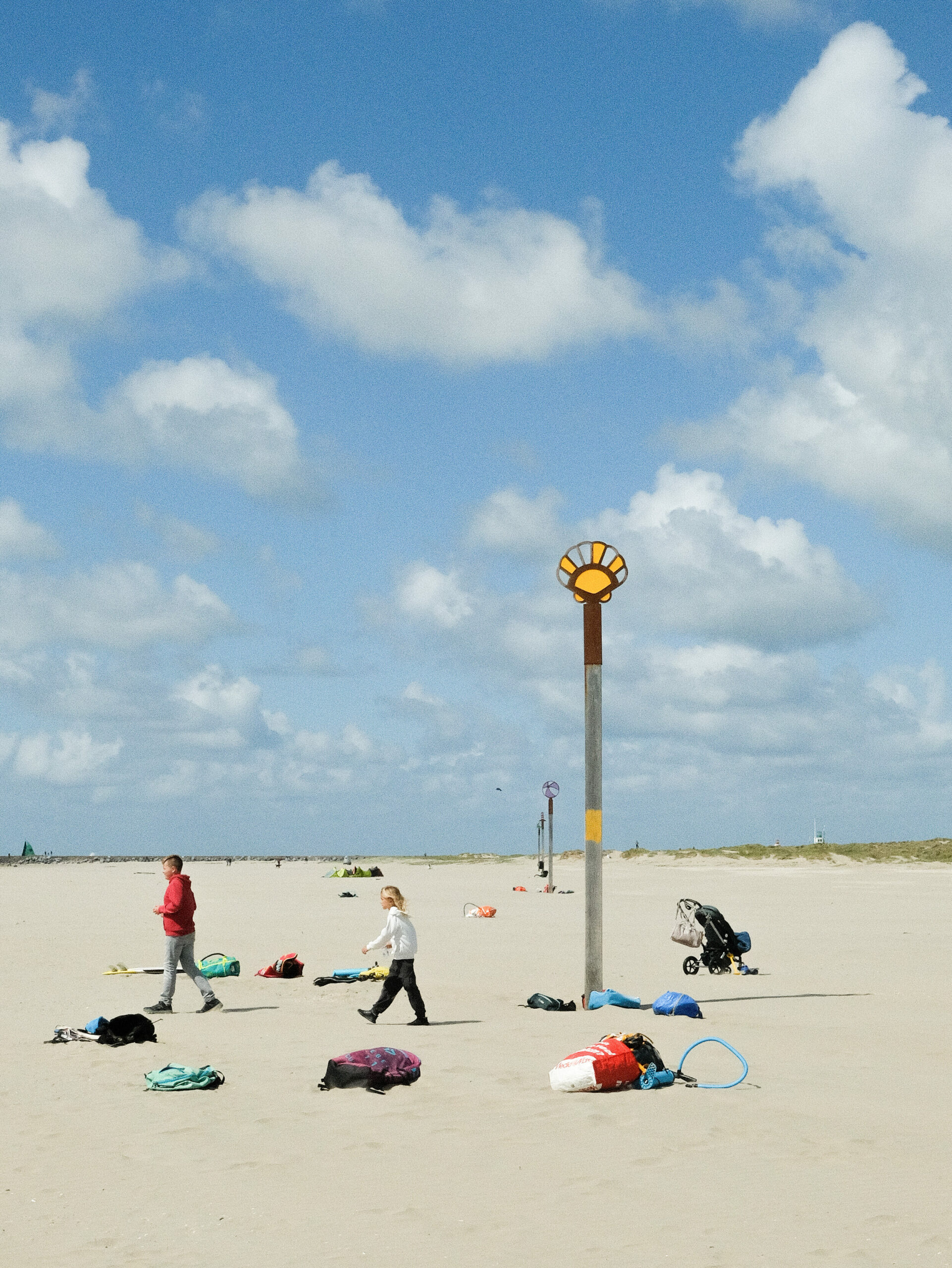
Resident Sanne Walvisch walks along a sandy summit one Sunday afternoon, above a handful of sunbathing and frite-munching beach dwellers, before facing head-on who she classifies to be her “dirty neighbor.”
“Oh, you see the black clouds coming over there? Yeah, that’s not good,” She took a mental note of the time. “When I’m at home, I’m going to see if it was on camera and then I’m going to send it out.”
Black dust has always been accepted as a part of life here. Older villagers will tell stories of how their mothers cleaned the washing lines first before hanging freshly cleaned laundry to dry, to prevent black stripes on the laundry.
But the dust turned to glitter in 2018 – graphite dust, which her 5-year-old daughter describes as “unicorn dust,” was everywhere. Before this, Walvisch said she was naive.
“I knew there was a steel company, but I thought, hey, we are living in the Netherlands, everything has been regulated,” Walvisch said.
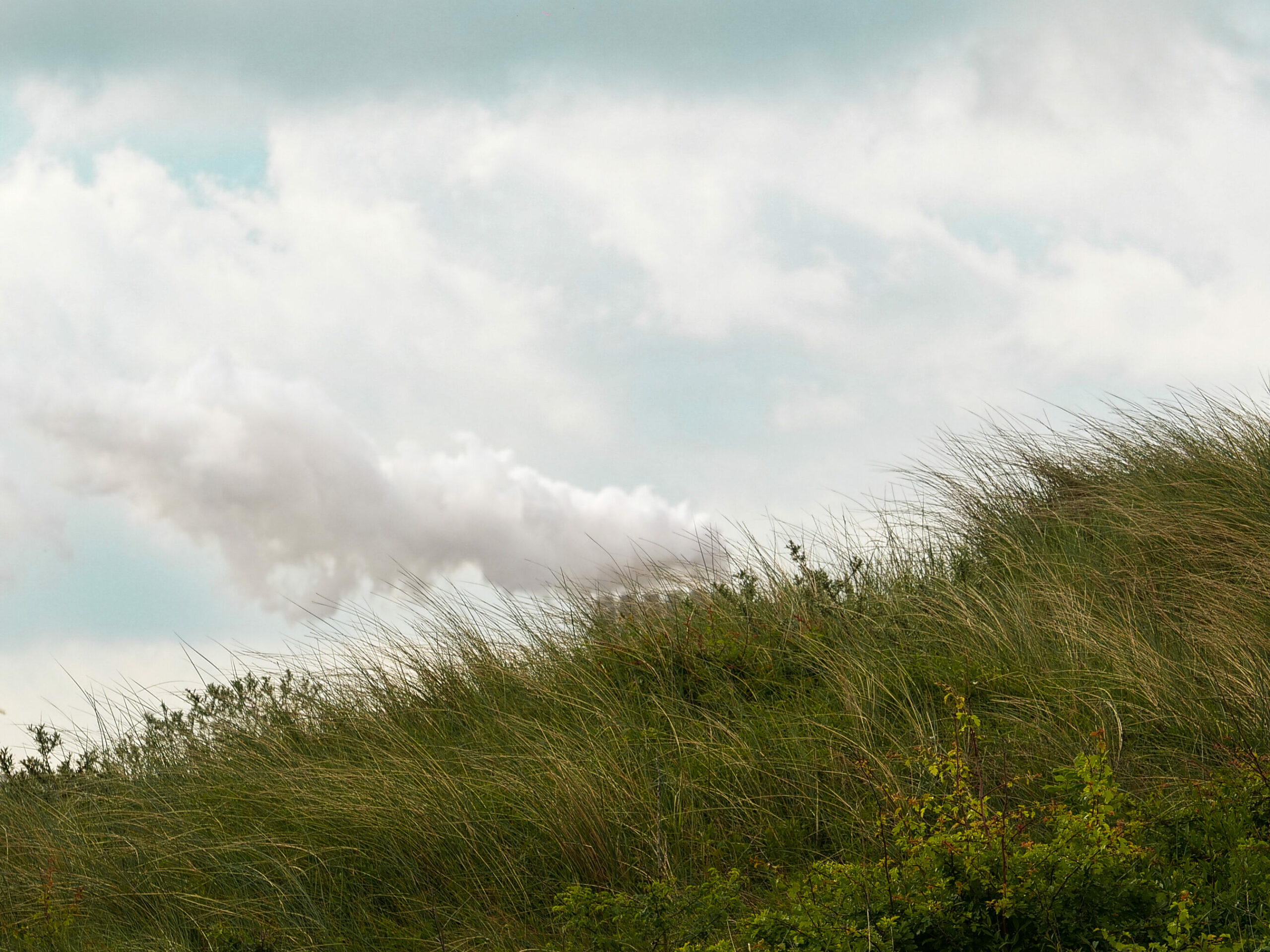
The neighborhood developed a routine over the decades to address the black dust on their property – complain to Tata Steel, and receive a complimentary clean-up and a car wash voucher. A holistic complaint would mean submitting lengthy paperwork not only to Tata Steel, but also to the Dutch health service and the environmental service agency. It’s something not many people have time for, considering the frequency.
“People are used to cleaning up the mess in that way, but you also have to complain to the environmental service agency and another to health services, because otherwise, it stays internal,” she said.
Frisse Winds previously set up an online platform for residents to submit their complaints, which a former volunteer would later send out to all three agencies. But the work became too exhausting for just one person to take on. Since the issue has gained more attention, the environmental agency updated its complaint page to make submissions a little more manageable.
“Some people won’t do those complaints because it’s like messy, time-spending stuff,” Walvisch said.
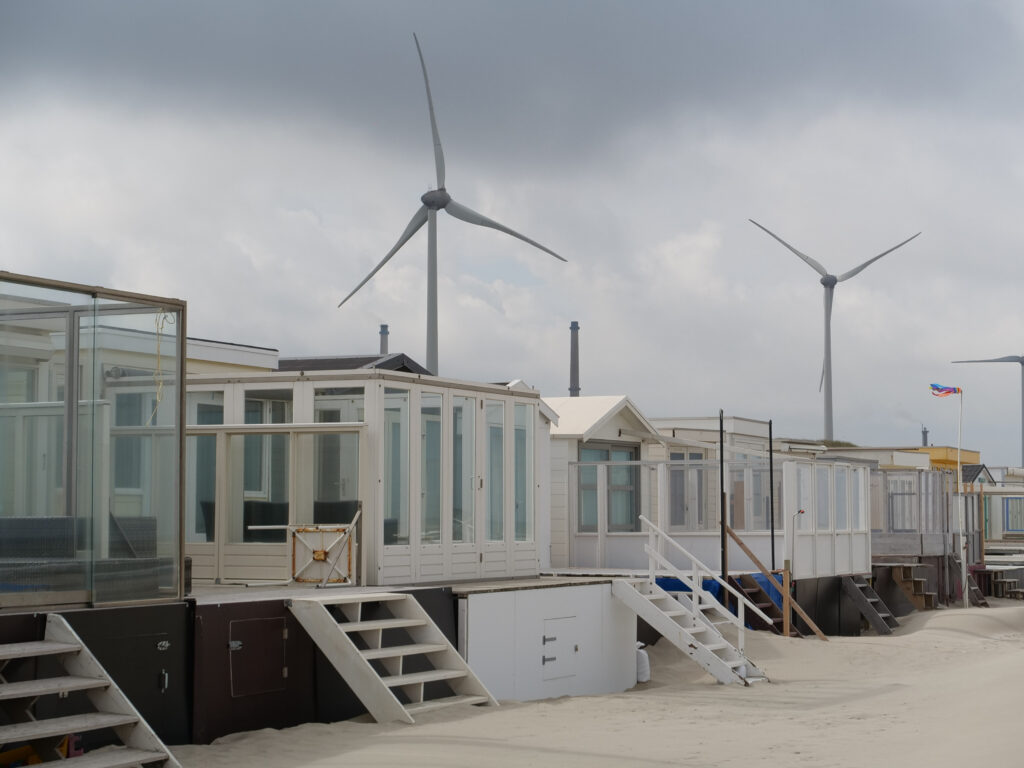
TAKING RESPONSIBILITY
Next to an ice cream shop and roughly 350 metres from the beach sits Tata Steel’s information desk, called “Tata Steel in de Buurt.” Inside is a representative from Tata Steel who says she has nothing to hide, though unavailable for comment in publication.
Amid the controversy, the center opened in November 2019 as a one-stop shop for people to complain and inquire about the factory. The center provides information about Tata Steel’s $363 million action plan, called the Roadmap Plus plan, which promises to significantly reduce dust dispersion, noise and smell through adjustments and renovations within the next few years.

“We are aware that our activities have an impact on the environment and understand the concerns of local residents. With the Roadmap Plus we are speeding up the road to a better living environment,” reads material from Tata Steel’s community outreach center.
Something as simple as putting a roof over the slag pits immediately decreased 80 percent of dust dispersion from slag processing in May, for example. Installing more extractor hoods over their blast furnaces also cut 75 percent of dust emissions in the liquid pig extraction process.
Tata Steel’s next adjustment, announced in June, will be to install a large windscreen around the entire terrain of the coal deposits to reduce the amount of dust that blows away when raw materials are in transport.
“The big steps we are taking are becoming more and more concrete,” said Bram Nugteren, environmental manager at Tata Steel, in a statement.
But activists say this transition to a greener facility does not override the damage that’s been done, nor is it a complete solution to the problem at hand. Lawyer Bénédicte Ficq, who is leading the criminal case against Tata Steel managers, alleges that the solutions mentioned in the Roadmap Plus Plan appear to be so effective only because parts of the factory were not renovated for decades. This neglect is exactly what her team is seeking justice for in court.
“We’re not chasing for money,” Ficq said. “We’re trying to make the polluters aware of the responsibility they have towards people, nature and the planet, and that it’s not normal to pollute your environment to the point that people are getting sick and sometimes dying from it.”

TAKING FLIGHT & TAKING TOLL
So, what are residents left to do, knowing too much about the air they breathe? Leave, or look the other way and keep holding their breath for a better future.
What drove documentary filmmaker and former resident Ellen Windemundt away was the unemitable stench, the stressful environment and knowing too many people with cancer, she said.
“They convince themselves that it’s not going to happen to them, and they just block it out. When you look at that factory in front of that village, it’s like from a lost era,” Windemundt said. “Manufacturing steel in one of the most densely populated countries like that is insane.”
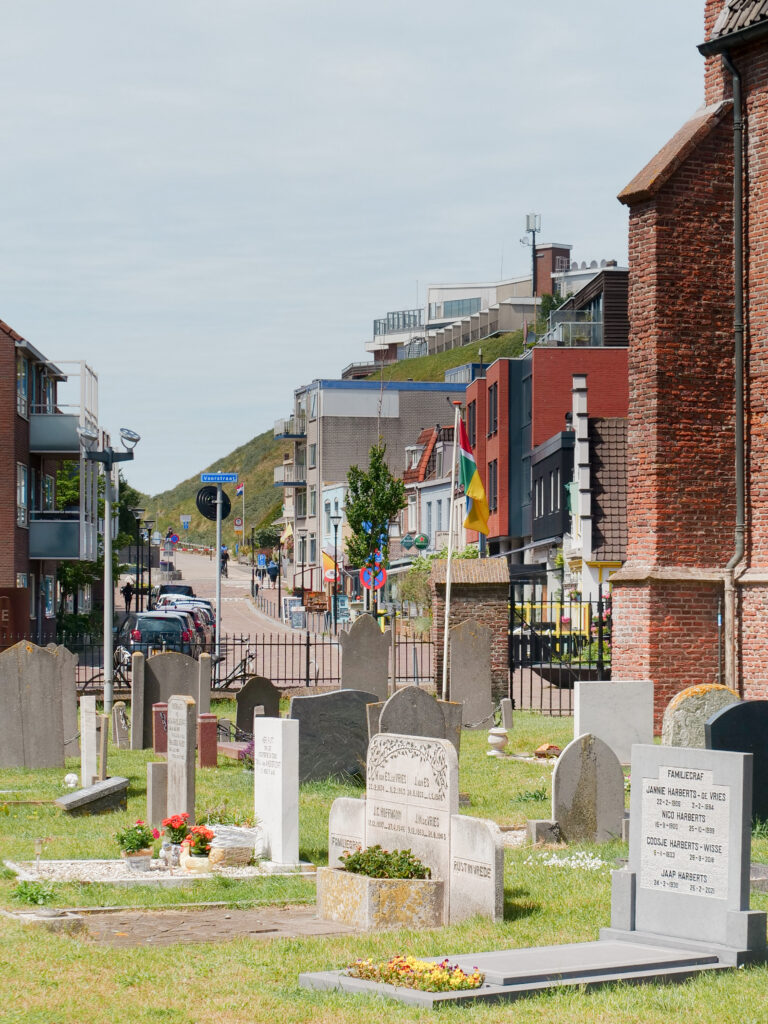
She featured Wijk aan Zee in her multi-part environmental justice series labeled “Europe’s Biggest Lie.” The episode does a deep dive on exactly how the over a century-old factory is allowed to emit more nitrogen oxide and dust than current EU standards. Essentially, the factory is so outdated that complete adaptation is deemed technically not possible by European authorities, and there is no legal basis to make Tata Steel update its instillations.
“The ugly little brother of climate change is pollution. People keep telling us that climate change affects the global south, but they don’t mention that we’re also poisoning ourselves,” Windemundt said.
Walvisch herself is considering moving soon, despite her efforts for advocacy. She personally knows seven families with young children who left the village over the last few years, or roughly 15 children out of a village school of maybe 100 children.
“Our brain isn’t made to understand these kinds of risks. We don’t want to know, and we don’t want to look up,” Walvisch said.
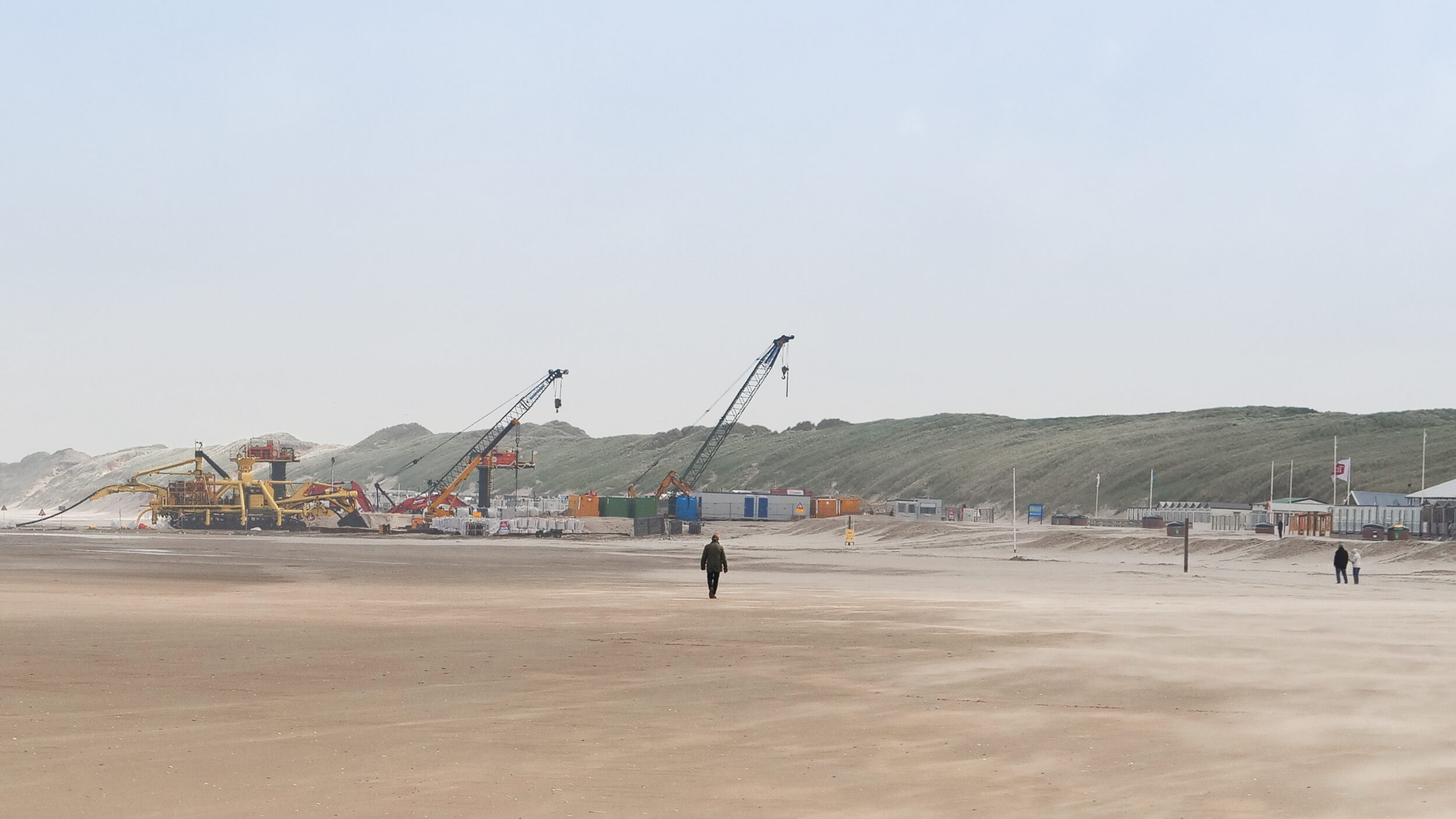
She mentioned her weekly beach walks with her best friend. One morning, she told her she was pursuing treatment for her trauma surrounding the environmental incidents, to ease the panic attacks she experiences on days loud noises come from the factory. Her friend was surprised.
“I’m very, very close with people who say, ‘I don’t want to know if you have any news. I support you, I’ll give you money, I’m really happy and thankful that you are doing this work, but I don’t want to know. Don’t give me any more news updates,’” Walvisch said.
She’s not hopeful, but she does have a motto for herself to keep her spirits up: ieder verzet begint klein.
“It means that every small change can have big impacts. And I really believe in that,” Walvisch said.



Leave a Reply